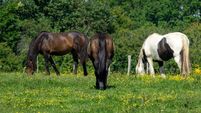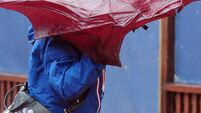Denise Hall: Castle still plays an active role in local life
This 16th century tower house near the village of Kealkil is still an imposing five story structure.
If stones could talk Caislean Carraig an Easa — the castle on the rock of the waterfall — would have many stories to tell, but few could be as extraordinary or uplifting as its modern day restoration and incarnation as a community owned heritage project.










